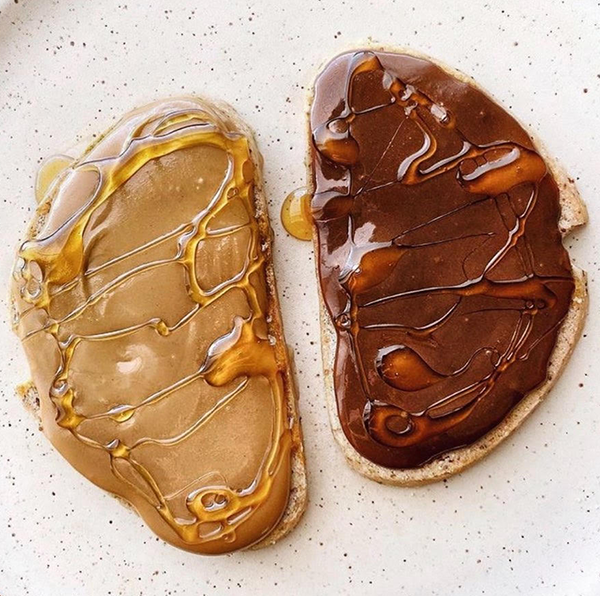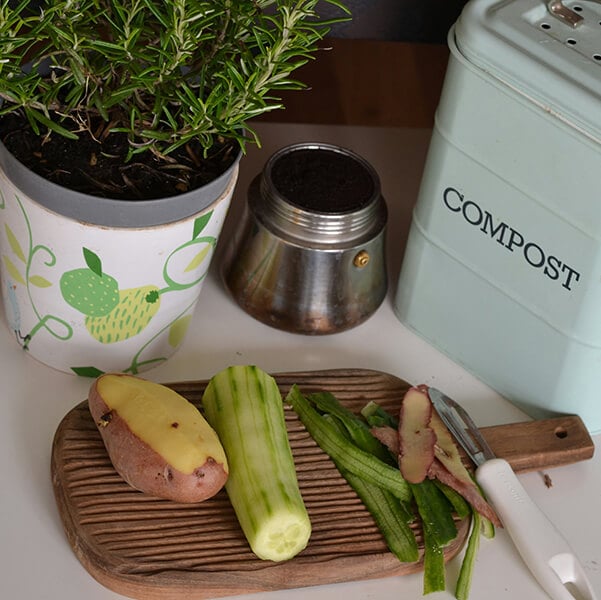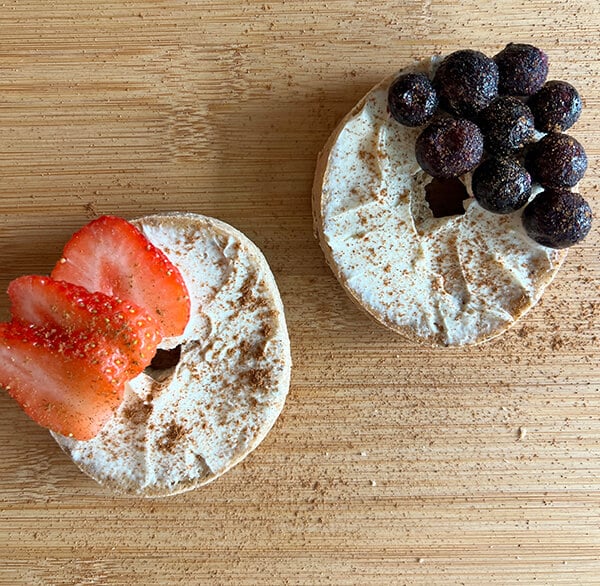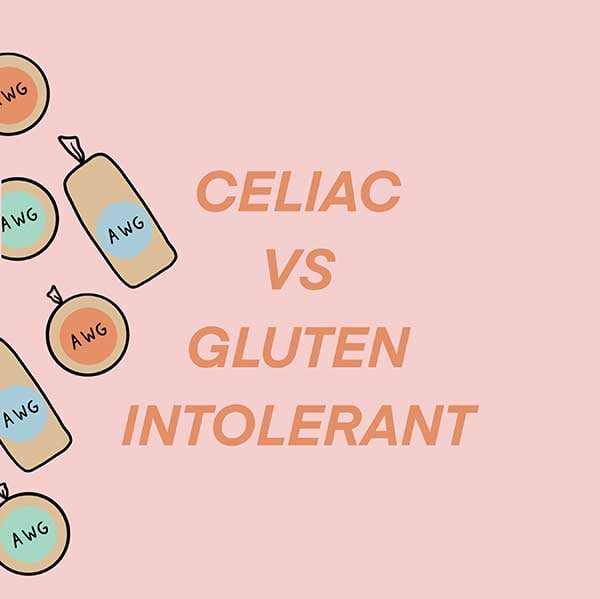There are SO many benefits to honey! We have some AMAZING info to share with you… a little history, health benefits, the importance of buying local & more. How much do you know about honey and bees?
History Lesson
Honey was first written about in 2100 B.C. The oldest honey archaeologists have found dates back about 5,500 years old and was found in ceramic jars in the country of Georgia. And let's take a moment to think about the first person who discovered honey all those years ago. Bees + hive + stings = OUCH! Thank you for being so brave!
Bees can fly up to 15 miles per day. To make one pound of honey, bees in a colony will visit 2 million flowers. A bee beats its wings 11,400 times per minute. Ready for this, bees never sleep. A typical beehive makes between 30-100 pounds of honey a year.
Antioxidants
Phytonutrients are compounds found in plants that help protect the plant from harm. The phytonutrients in honey are responsible for its antioxidant properties, as well as its antibacterial and antifungal power.
Digestive Issues
Honey contains beneficial prebiotics, which nourishes good bacteria that live in your intestines.
Not Feeling Good?
Honey is great for a sore throat and a cough. In a 2021 study, it was suggested that honey could be superior to other forms of care for improving upper respiratory tract infections.
Brain Benefits
The polyphenols in honey may be able to fight against inflammation in the part of the brain that involves memory.
Healing Wounds
Honey has an antimicrobial agent and can be used effectively on minor burns or scrapes. It has been shown to speed the healing of wounds.
Help Feed The Bees
During the “June gap,” when spring flowers fade and summer blooms haven’t yet arrived, bees can struggle to find enough nectar. One simple way to help is by offering a small dish of sugar water — just mix one part white sugar with two parts water, and place it somewhere safe and shallow for the bees. It’s a sweet little lifeline during this tricky time, but be sure not to overdo it since sugar water is a temporary boost, not a replacement for real flowers!
Importance of Raw
Some honeys have as many antioxidants as fruits and vegetables. Antioxidants help to protect your body from cell damage due to free radicals.
Buy Local
Did you know China is the leading manufacturer of honey? There are two brands we highly recommend, Wedderspoon and Massey Honey Co. If possible, we suggest buying honey local because it contains local pollen that will increase your immune system.
How to Test if Your Honey is Fake or Raw
Here are four simple ways to test if your honey is fake honey or raw honey.
- Drop a teaspoon of honey into a glass of room temp water. Fake honey will immediately start to dissolve, raw honey will drop to the bottom of the glass intact.
- Place a drop of room temperature or cooler honey on your finger. If the honey spreads then it is fake honey but if it holds its composition and remains a drop, then it is raw true honey.
- If you have had your honey for some time and it remains a syrup then it may be fake honey. Most real honey crystallizes over time.
- Dip an unlit matchstick into your honey. Remove it and strike it to see if it will light. A matchstick dipped in raw honey will light with the flame burning off the honey. A matchstick dipped in fake honey will not successfully strike. This is because there is too much moisture in the honey.
Nectar of Life, Truly!
Honey is 80% sugar and 20% water, and is the ONLY food that includes all substances needed to sustain life, including water.
Storing
Keep your honey in a cool dry place, not the fridge. It will never spoil. If the honey crystallizes, just place the jar in warm water and remix.
Thanks so much for taking the time to learn more about honey. We love it on top of our CinnaSpice Bread. Enjoy!
And a HUGE thank you to @hannah.guthman for creating this amazing photo. Please take a moment to see her food photos, truly Bee-u-tiful!!
Everyday Bread

$17.00
→ Buy our Everyday Bread 4-Pack and Save 5% - slice and freeze for up to 6 months About the Bread Gluten & Grain Free | Certified Organic | Non-GMO | Paleo | Vegan | No eggs, soy, gums, dairy, seed… read more





